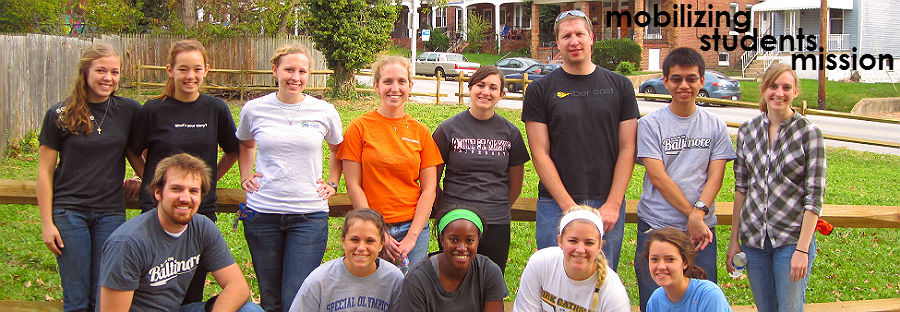[I'm really bummed that I didn't make it to The Idea Camp for the first day to meet and learn from Dave personally.]
Expansion of the concept of third culture [for example third culture kids] into third culture leadership.
Being part of the Western cultural machine, our American churches tend to gravitate toward the gods of pragmatism, materialism and consumerism. And today, people around the world can't see anything supernatural about that. The global village is longing for something deeper. Sadly, fewer find it in a Western way of doing church.
The desire for safety stands against every noble human endeavor - Tacitus, Roman philosopher
Luke 15 - the prodigal son is Eastern [not Western] in its cultural tone.
Not one of us in the church has the answer, but I am fortunate enough to be surrounded by a group of young, multi-generational, multi-ethnic leaders and servants who have stumbled onto something that seems to have a lot of promise in the new world we all find ourselves in. It's something we call third culture.
1st culture - dominant homogeneous culture you live in.
2nd culture - culture of those who aren't quite comfortable with the first culture and often react to the first culture's ways, maybe even rejecting their parents' home culture.
3rd culture - being able to live in both first and second culture and even adopt an entirely different culture. About adaptation, the both/and. The gift of being more cognizant of and more comfortable with the painful fusion and friction inherent
in cultural intersections.
* Xealot - nonprofit that seeks to help people living in marginalized communities
New metric - the metric of embrace
Nothing represents the soul of a culture more than her food.
McGavran popularized the homogeneous principle, it wasn't necessarily to support the church growth movement specifically but more to warn the church of its natural tendency to stay within its own culture. [related, McGavran's The Bridges of God]
Each generation must create a new language that connects with the soul and life of their community in their era. It must also create new forms not only to help carry the message, the truth, the content into a new generation but also to create a greater hunger for that message.
We need each others gifts to make the greatest difference and need to be the great expression of Christ on earth.
3 shifts: [love these shifts]
1: from consumerism to cause-ism
And don't count out the suburban young people who are ripe for the third-culture movement of compassion because they have tasted the "American Dream" and are still hungry and increasingly disillusioned with what is defined as success. [love this shift and see it - don't count them out is spot on.]
2: from pastor/teacher to pastor/social entrepreneur
3: from linear pathways to third culture rhythms
the rhythms model - you organize ministry around three intersecting spheres - Christ, cause, community
3 questions:
1: Where is Nazareth?
Where is the other side of the tracks in your city or region? Who are the marginalized or the outsiders near you?
2: What is my pain?
3: What is in my hand?
Artists: Prophets, Innovators, and Conversationalists
Businesspersons: Access, Networks, Fuel
Community-Development Specialists: The Builders
Few will have the greatness to _bend history_ itself... RFK
1. Changed language - calling the staff the support team instead of pastors - call the members the field team
2. Changed the way give to missions - Cause Investment Portfolio - people in the church choose what they give to and interact with those causes directly
www.yangdang.com
3. Changed church's static web presence into social networking site - hugely dynamic
4. Became third culture multi-sites - site areas of intersection are primarily leadership development, creative resources and missional initiatives

No comments:
Post a Comment